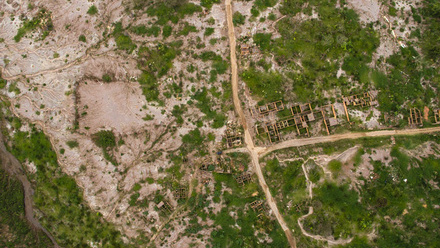New study evaluates potential for additional cobalt resource in Europe
Joint study led by the British Geological Survey (BGS) has identified more than 500 cobalt bearing deposits.

A study, published in the journal Science Direct, by an international consortium of researchers has collated all available data on cobalt resources in Europe and highlights the geological potential for additional discoveries.
The data collected, has for the first time, allowed the classification of Europe's cobalt resources using the United Nations Framework Classification for Resources (UNFC).
According to the study, UNFC resources of cobalt in Europe total 1,342,000 tonnes cobalt metal in various deposit types.
This includes 114,638 tonnes in commercial projects with current cobalt extraction and a further 370,409 tonnes in potentially commercial projects.
Researchers say the data increases confidence in Europe's role in diversifying cobalt supply as demand increases over the next decade with the expansion of the electric vehicle market globally and in the EU.
Stefan Horn, in partnership with the Camborne School of Mines, University of Exeter, UK, says, ‘Analysis of these data reveal that cobalt resources are widely distributed across Europe in deposits of several different types.
‘This suggests that geological availability in Europe is not a problem and that there is good potential to increase Europe's share of cobalt production to supply battery manufacturers for the European car industry.’
The greatest cobalt resource potential has been identified in magmatic and black shale-hosted deposits in Fennoscandia and laterite deposits in the Balkans and Turkey.
Further investigations of cobalt in sediment-hosted copper-cobalt deposits of the Kupferschiefer basin and in small, mainly polymetallic, deposits in central and northern Europe could add to the cobalt resource base.






